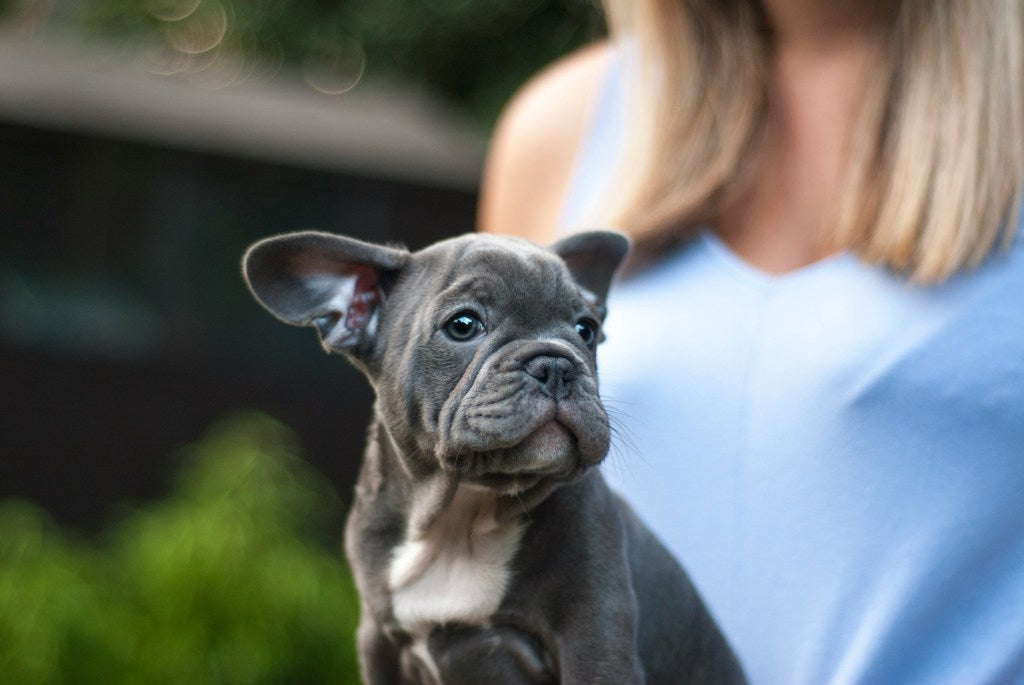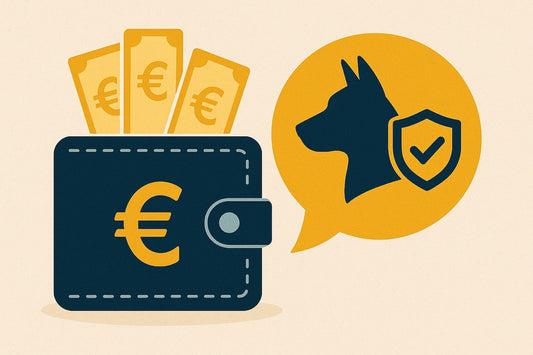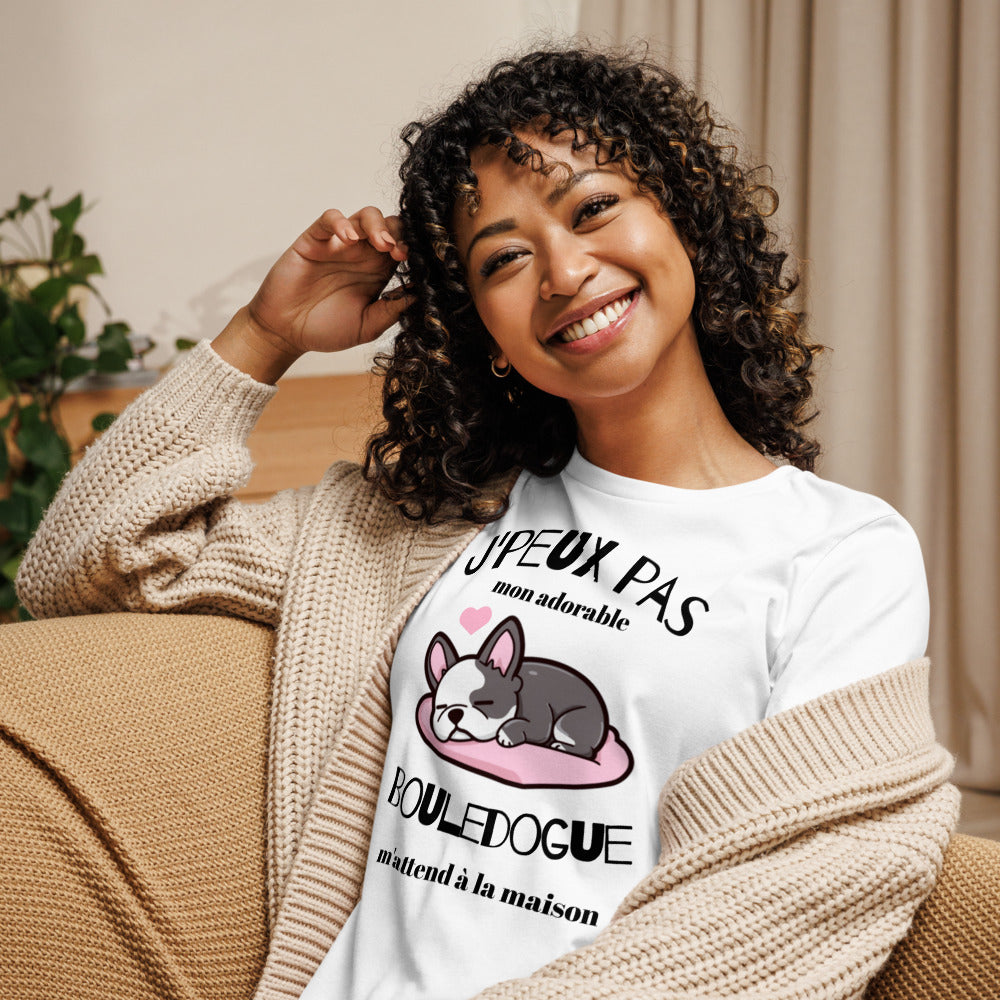The French Bulldog is a popular and adorable dog that comes in several color varieties, including blue . This particular color is the result of a recessive gene known as the blue color gene. The blue French Bulldog has unique blue eyes and a gray-blue coat that turns heads. But this particularity also has health consequences. Let's take a closer look at this dog that is both rare and expensive.
The genetics of the diluted blue-gray coat in the French bulldog
The different shades of blue observed in the French bulldog are explained by the presence of a gene responsible for the dilution of black pigments. This gene has the effect of transforming the black pigment into a lighter color, close to gray-blue. Dogs carrying this gene also have spots on their coat and are often subject to skin problems. Here are some details:
The Blue French Bulldog: A Very Rare and Expensive Breed
Although the fact that these dogs are rare and expensive can make them even more desirable, it is essential to know their specificities before deciding to buy one:
- Beautiful blue French Bulldog puppies are often offered at high prices because demand exceeds supply.
- These dogs may be prone to certain hereditary diseases , and breeders should perform proper health testing to prevent these problems.
- To ensure the optimal health of a blue French bulldog puppy, it is crucial to choose a responsible breeder with a breeding certificate from a recognized association.
Unique Characteristics of the Exotic Blue French Bulldog
Physical appearance
In addition to its particular coat color, the blue French bulldog has physical characteristics similar to those of its congeners:
- Their weight varies between 25 and 28 pounds for males and between 16 and 24 pounds for females.
- The eyes are usually blue , although other colors can be seen.
- The muzzle is short and upturned, while the ears are erect, reminiscent of the shape of a bat.
Behavior and temperament
Behavior-wise, these dogs share a similar temperament with other French bulldogs:
- They have a playful and affectionate temperament , making them ideal companions for families or people living alone.
- Due to their compact size, they easily adapt to urban environments.
- They can be stubborn when it comes to training, but this can be overcome with positive and consistent training. It is essential to socialize the Blue French Bulldog early, especially because they can be wary of strangers.
Dog breeding and sale of blue French bulldog puppies: how to find the right breeder?
Finding a healthy blue French Bulldog puppy can be a challenge. There are some tips that are essential to ensure you choose the right breeder:
- Ask about the breeder's background and ask for recommendations from other puppy owners.
- Make sure the breeder has a breeding certificate recognized by a national canine association.
- Visit the breeding facility to see for yourself the conditions in which the dogs live and their state of health.
- Ask the breeder about health testing performed on the puppy's parents and ask to see the corresponding documentation.
- Be wary of online ads offering blue French bulldog puppies at prices that are too low or without health guarantees.
The lexicon of colors specific to the blue French bulldog
Finally, it is interesting to know the specific vocabulary used to describe the different shades of color observed in these animals:
- Light Blue: Very light gray-blue coat with blue eyes
- Dark blue: a darker gray-blue coat with dark brown or black eyes
- Very diluted: completely blue-gray coat without distinct black spots
- Merle: coat with a speckled pattern with light and dark blue spots
In short, the blue French bulldog is a unique variation of this popular breed, thanks in part to its dilution gene that gives it this distinctive color. Despite its growing popularity and high price, it is essential to do your research before adopting such an animal to ensure its health and well-being.







